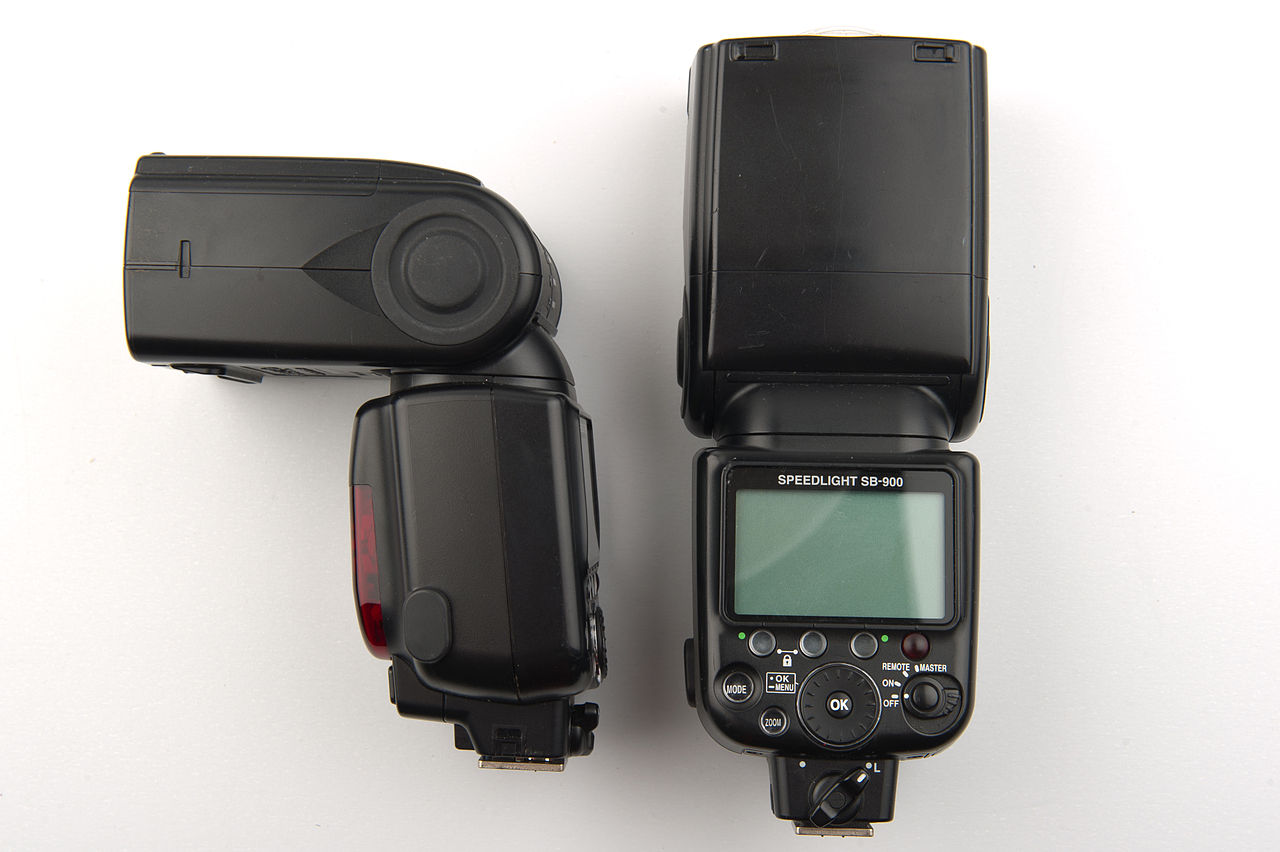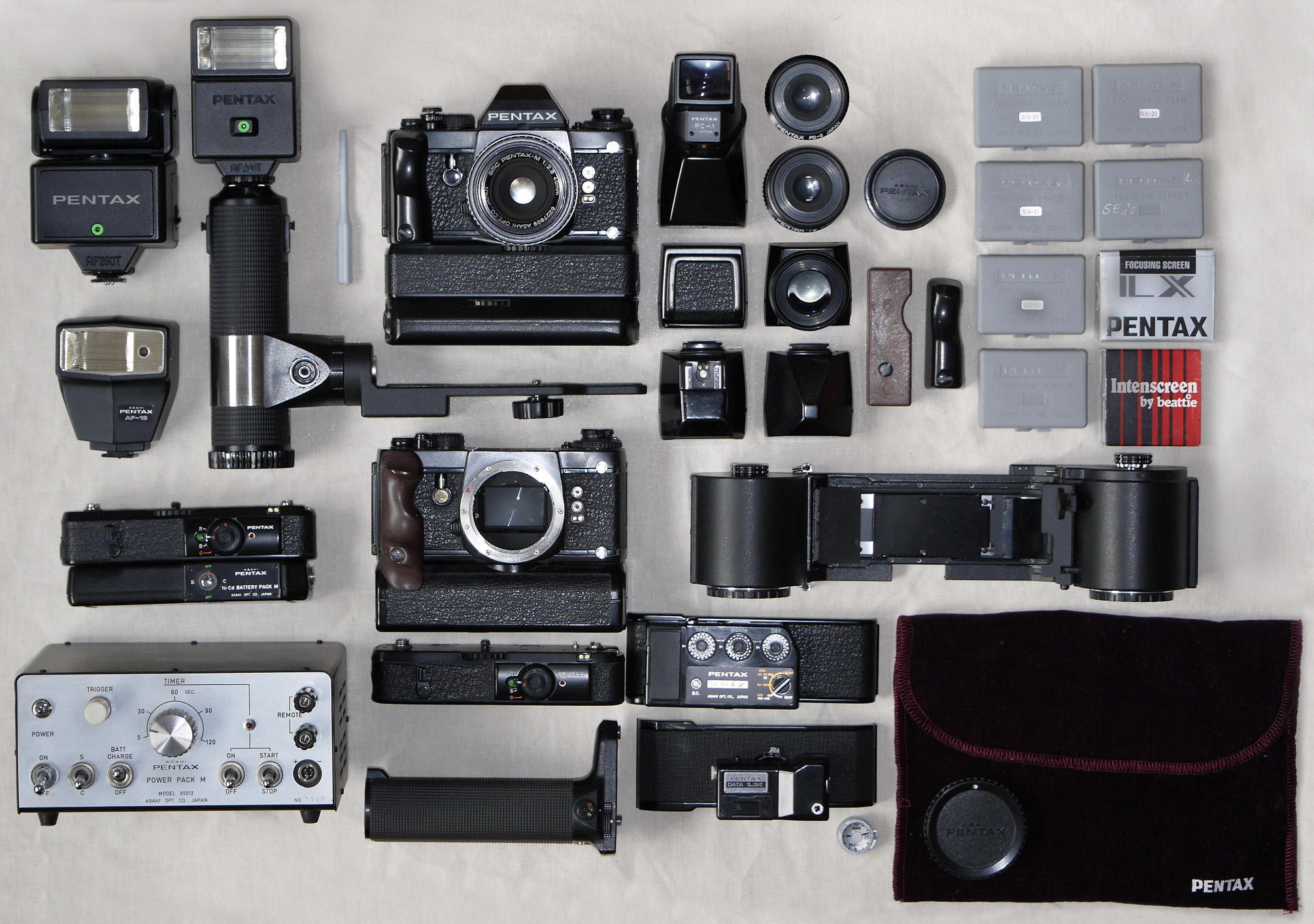Top 6 Rental Items for Photographers
Let’s face it, camera equipment is expensive. And whether you are just dabbling in photography as a hobby or are a seasoned veteran, you know the value of different equipment for different situations to get the best shot possible. And yet, aside from the super rich, nobody can afford to buy every possible piece of equipment. That’s why the pros don’t buy the equipment, they rent them. At Rentything, we aim to be the best peer to peer marketplace for anything, including photography equipment. If you have camera equipment sitting idly while you aren’t using it, you could be making some extra cash to help payoff all the equipment you’ve purchased over the years. Yep, you heard me, your stuff can pay for itself by renting it out. Here are 6 items photographers and related industries can rent rather than buy.
 1. Lenses
1. Lenses
Interchangeable lenses are useful because they allow you to optimize images using different apertures, focal lengths, and other properties and differ by design, construction, and use cases such as close up or zoom. There are many special purpose lenses that exist, and nearly impossible for most photographers to own outright.
 2. Flashes
2. Flashes
Some cameras allow for interchangeable flash units to be mounted via a mounting bracket. Flashes can vary by speed, intensity, frequency, and so just like lenses have their place in a photographers toolbelt.
 3. Tripods
3. Tripods
Again, there are many tripods out there for different use cases. Some photographers traveling on vacation don’t want to lug around their tripods with them and are more in favour of renting them at their destination spot.
 4. Accessories
4. Accessories
This catch all category includes items such as batteries, polarizers, camera bags, and memory cards.
 5. Lighting
5. Lighting
Lighting is important to great shots. Artificial lighting can really help enhance images and take them to the next level. Many times in high quality productions, lighting is handled by separate grip technicians. That’s right, an entire job dedicated to just lighting and rigging. So even additional grip equipment such as generators, reflectors, walkie talkies, and so on are items that are rentable.
 6. Cameras
6. Cameras
This one is a no brainer. Sometimes consumers may just want to test out a camera before actually making a purchase, and renting one is a safe way to do so.
Don’t think you have any items to rent to photographers? Don’t be silly. Computers, printers, storage and memory cards, and electronics are just some of the items that photographers could use. Photography is an expensive art, hobby, and profession. Any way photographers can save money (or make some extra) and they are all for it. And since the range of photographers is large, from the dabbler to the professional, there are plenty of rental options for anyone. Don’t be shy because you don’t think anybody would want your items, you never know.